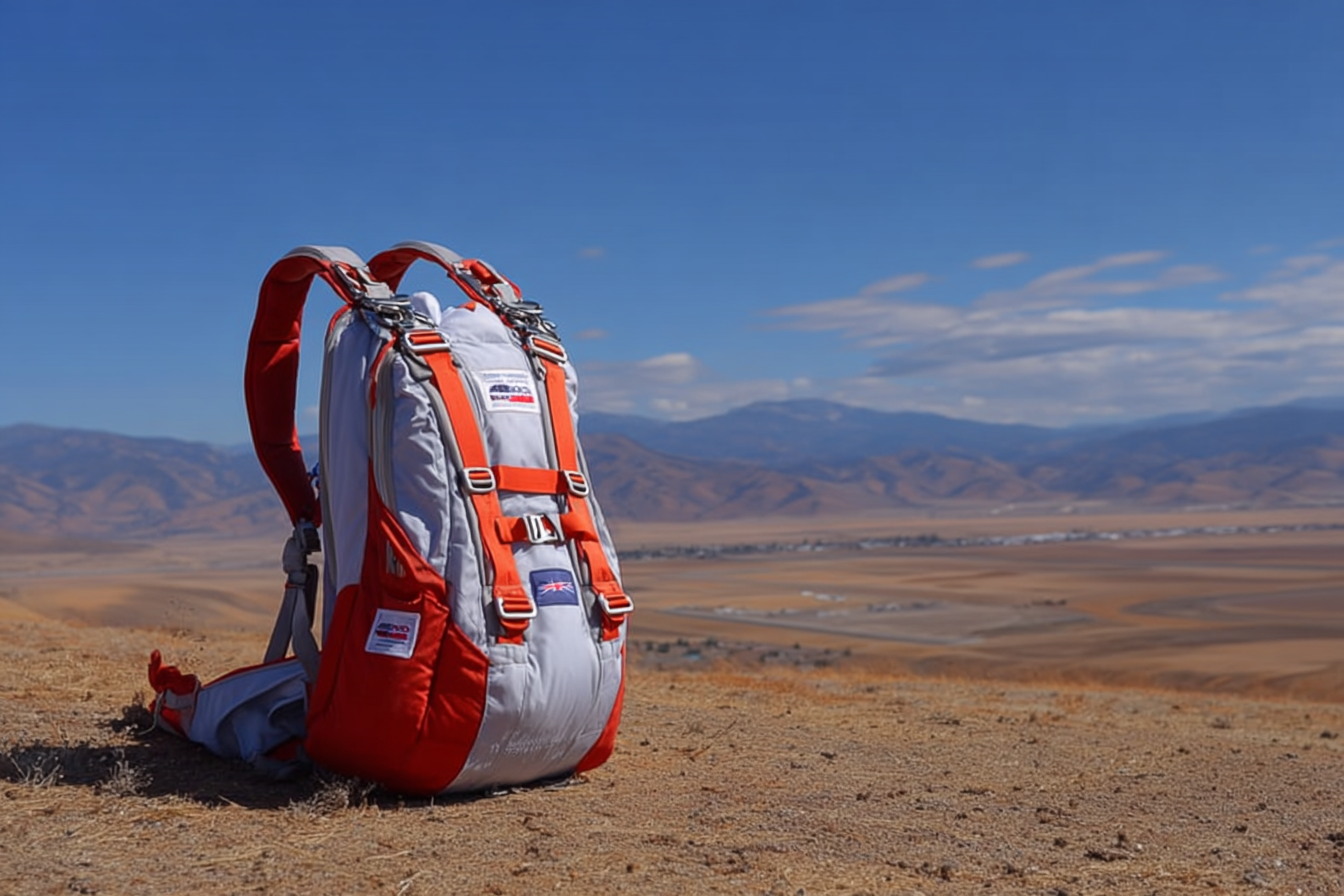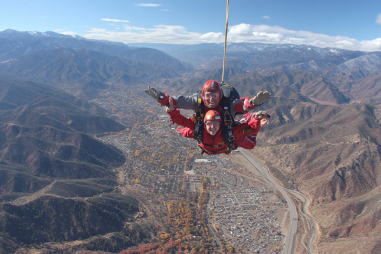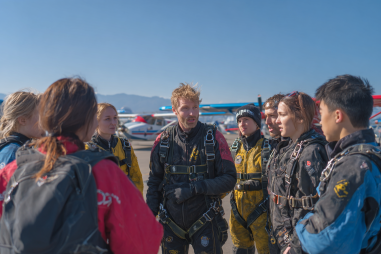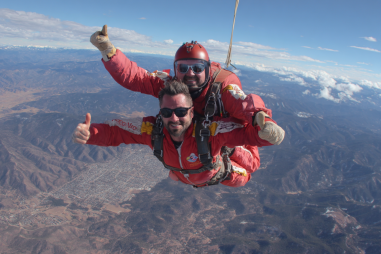Skydiving is an exhilarating sport that offers a unique blend of adrenaline, freedom, and breathtaking views. However, behind the thrill lies an uncompromising need for safety, especially when it comes to your equipment. Your parachute and all associated gear are literally your lifeline during a jump. Ensuring these items are in peak condition through proper safety procedures is essential for every skydiver, whether you’re a beginner or a seasoned pro. In this article, we’ll explore how to inspect, maintain, pack, and store your skydiving equipment to guarantee maximum reliability and safety.
Introduction to Skydiving Equipment
Understanding your skydiving equipment is the first step toward mastering safety procedures. The core components include the main parachute, reserve parachute, harness and container system, automatic activation device (AAD), and altimeter. Each piece has a specific role in your jump and must function flawlessly under pressure.
The main parachute is what you deploy after freefall, while the reserve parachute is your backup in case the main fails. The harness and container system hold these parachutes securely on your body and allow for proper deployment. The AAD acts as a safety net by automatically deploying the reserve parachute at a preset altitude if you haven’t deployed it yourself. Lastly, the altimeter helps you monitor your height so you can deploy at the correct time.
Having a strong grasp of your gear will make it easier to follow and appreciate safety procedures that protect your life during every phase of your dive.
Importance of Regular Equipment Inspections
Regular inspections are the cornerstone of skydiving equipment safety. Since your gear endures intense physical forces and exposure to environmental elements such as sun, moisture, and wind, wear and degradation can occur if not checked consistently.
Before every jump, a thorough pre-jump inspection should be completed. This includes visually and physically examining the parachute fabric for rips, tears, or holes; checking the lines for tangling, fraying, or knots; and ensuring the pilot chute is properly packed and ready for deployment. The harness should be inspected for any loose stitching or broken hardware, and the container’s closing loops and pins should be secure and intact.
Beyond the daily pre-jump inspections, complete gear inspections by certified riggers are also mandatory at regular intervals (usually every 120 days). These experts dismantle the equipment to check every component rigorously, perform repairs if necessary, and re-pack the parachutes to manufacturer standards.
Skipping or rushing through these inspections puts the skydiver at significant risk, making thorough checks a habit that no one can afford to neglect.
Packing Procedures for Parachutes
Packing your parachutes correctly is an art and science that directly affects deployment reliability. Both the main and reserve parachutes require precise packing techniques adapted to their design and size.
The most common main parachute packing method involves carefully folding the canopy and stowing it inside the container to minimize line twists and promote smooth deployment. Pilot chute placement, line positioning, and closing loop security must all be double-checked during this process.
For reserve parachutes, packing is even more critical due to its function as a fail-safe. Reserve parachutes undergo a stricter packing procedure that’s usually performed by a certified rigger instead of the skydiver. The packing process includes using special packing boards or tools, precise line stowing and fold patterns, and protective sealing of deployment handles.
Training to become proficient or entrusting packing to experienced professionals is vital, because even the smallest error during packing can have catastrophic consequences during deployment.
Harness and Container System Checks
The harness and container system is what holds you and your parachutes together, so performing detailed inspections on this hardware is mandatory. When checking the harness, look for any signs of wear and tear like frayed webbing, torn seams, or stretched straps. All buckles and adjustment points should function smoothly and lock securely in place.
Pay special attention to the container itself — the backpack-like housing where the parachute is stowed. Ensure that the closing loops are intact and replaced if weakened. Verify the proper operation of all release mechanisms and handle accessibility. The AAD, which is mounted on or near the container, must also be tested regularly according to the manufacturer’s guidelines to ensure it activates accurately.
Because the harness and container connect all major components, any failure here can be fatal. Consistent checks and maintenance extend their lifespan and reliability, giving skydivers peace of mind before every jump.
Maintenance Tips for Longevity and Safety
Proper maintenance goes hand in hand with inspections to keep your skydiving gear functioning safely and efficiently over time. Here are some essential tips:
- Keep gear clean: Dirt and debris can cause abrasion or jams in deployment mechanisms, so wipe down equipment regularly with a damp cloth and mild soap if necessary.
- Inspect and repair minor damage promptly: Small tears or loose stitching should be repaired by a certified rigging professional to prevent escalation.
- Avoid exposure to harsh elements: Prolonged UV exposure can weaken canopy fabric, and excessive moisture can promote mold or mildew growth.
- Follow manufacturer’s maintenance schedules: Adhering to recommended timelines for gear servicing and component replacements is essential for ongoing safety.
- Log all inspections and maintenance: Keeping detailed records helps track gear condition and ensures you don’t miss important checks or servicing intervals.
Handling and Storage Best Practices
How you handle and store your skydiving equipment also affects its performance and longevity. Always handle gear gently to avoid accidental damage, such as snagging canopy fabric on sharp objects or dropping heavy containers on hard surfaces.
When packing up your equipment:
- Store it in a cool, dry place away from direct sunlight.
- Use protective bags or covers designed for skydiving gear to prevent dust and physical damage.
- Keep the gear off the ground to avoid moisture absorption and contact with dirt or insects.
- Ensure airflow around stored equipment to deter mold growth.
During transport, securely fasten gear to prevent shifting or crushing. Taking care during handling and storage can drastically reduce the chances of unseen damage that might compromise safety during a jump.
Guidelines for Equipment Upgrades and Replacement
No piece of skydiving equipment lasts forever. Over time, materials degrade, newer safety technologies emerge, and personal usage patterns change. Knowing when to upgrade or replace your gear is crucial.
Monitor your equipment’s expiration dates and manufacturer recommendations closely. If you notice recurrent repairs or wear that compromises usability, it’s time to consider a replacement. Additionally, advancements such as modern AADs, ergonomic harness designs, or improved canopy materials can enhance safety and comfort, making upgrades worthwhile.
Always purchase equipment from reputable manufacturers and authorized dealers to ensure quality and authenticity. When switching to new models, take time to familiarize yourself with new features and undergo any retraining necessary to operate the gear safely.
Ultimately, maintaining skydiving equipment through thorough safety procedures—from inspections and packing to maintenance and storage—is essential for every jump. Proper care preserves your gear’s integrity and, most importantly, safeguards your life. Whether you’re preparing for your first jump or are an experienced skydiver, committing to these procedures will keep your equipment reliable and your mind confident in the sky.







